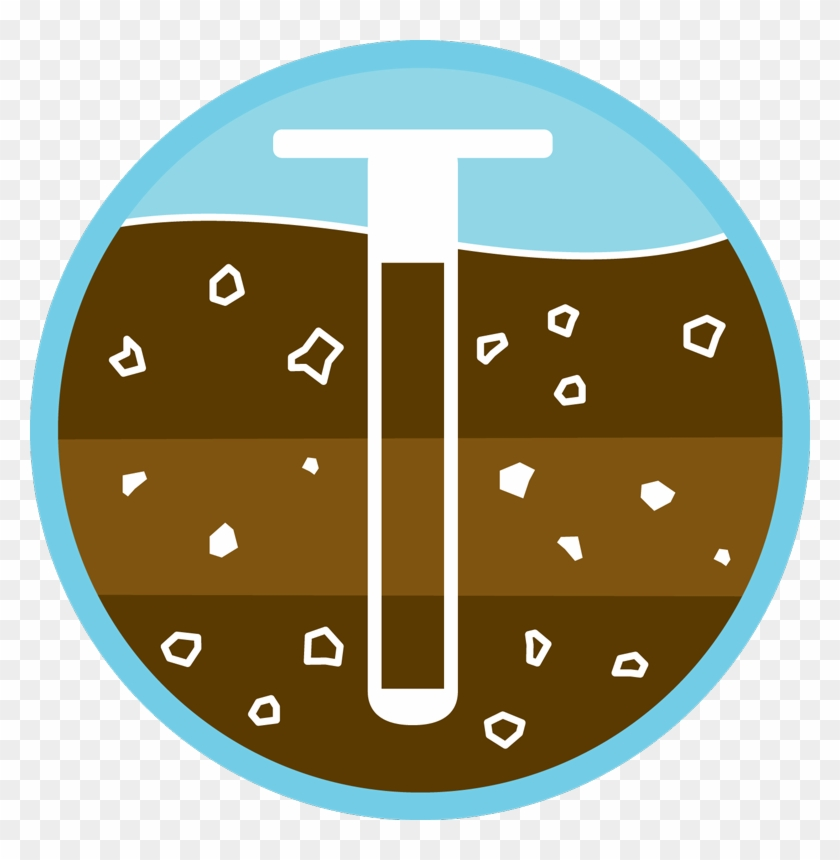Phytoextraction techniques utilizing a sterile strain of Vetiver grass (Vetiveria Chrysopogon zizanoides) along with soil amendments were evaluated for removing lead and other elements such as Zn, Cu, and Fe from the soil of a 50-year old active firing range at the Savannah River Site (SRS). Lead-contaminated soil (300–4500 ppm/kg) was collected, dried, placed in pots, fertilized, and used as a medium for growing transplanted Vetiver grass plants in a greenhouse. The uptake of metals by the plants was evaluated in response to various fertilization and pre-harvest treatment schemes. Baseline metal concentrations in the soil of all pots were measured prior to planting and when the plants were harvested. Plants grew better when fertilized with Osmocote® fertilizer in comparison to plants fertilized with 10-10-10 (NPK) fertilizer. Application of a chelating agent, EDTA, one week prior to harvest significantly increased the amount of lead that was phytoextracted. Lead concentrations of up to 1390–1450 ppm/kg in tissue samples were detected. Maximum Pb levels were observed in root tissues. The addition of non-lethal doses of a slow-release herbicide in combination with EDTA did not appear to further enhance phytoextraction or the translocation of Pb into shoots. The study indicated that the use of Vetiver grass coupled with the use of chelating soil amendments has considerable potential for use as a remedial strategy for lead-contaminated soils such as those associated with firing ranges.

